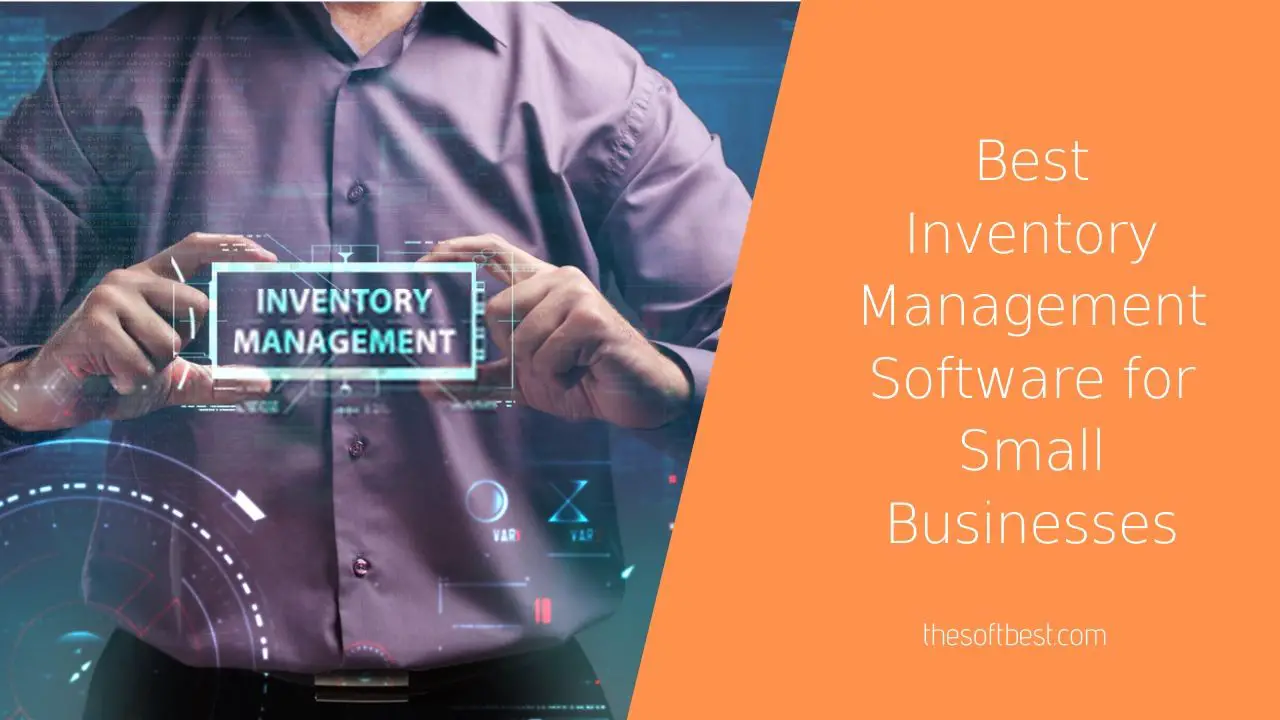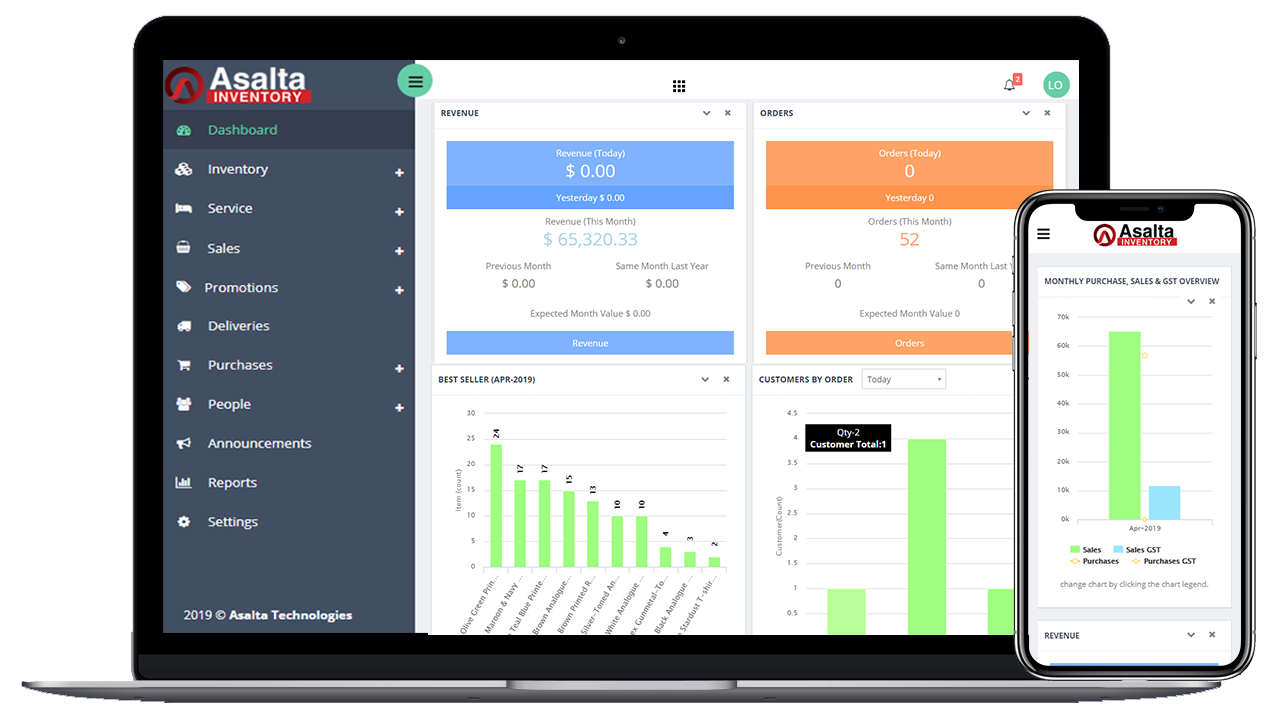Small business inventory software empowers entrepreneurs to streamline operations, optimize stock levels, and drive business growth. With its advanced features and intuitive interfaces, inventory software has become an indispensable tool for businesses seeking to gain a competitive edge.
From tracking inventory levels in real-time to automating order fulfillment and providing insights into sales trends, inventory software offers a comprehensive solution for managing the complexities of inventory management.
Overview of Small Business Inventory Software

Small business inventory software is a software solution designed to help small businesses manage their inventory efficiently. It enables businesses to track inventory levels, manage stock, and optimize inventory operations to reduce costs and improve efficiency.
Using inventory software offers numerous benefits for small businesses. These benefits include improved inventory accuracy, reduced stock loss, optimized stock levels, better customer service, and enhanced decision-making.
Key Features of Small Business Inventory Software
- Inventory Tracking: Allows businesses to track inventory levels in real-time, providing visibility into stock availability and preventing stockouts.
- Stock Management: Enables businesses to manage stock levels, set reorder points, and generate purchase orders to maintain optimal inventory levels.
- Inventory Optimization: Provides insights into inventory performance, identifies slow-moving items, and suggests strategies to optimize inventory levels.
- Reporting and Analytics: Generates reports and provides analytics on inventory performance, stock levels, and sales trends, helping businesses make informed decisions.
- Integration with Other Systems: Can be integrated with other business systems such as accounting software, e-commerce platforms, and shipping systems for seamless data flow.
Types of Small Business Inventory Software
Small business inventory software can be categorized into four main types based on their deployment and licensing models:
On-premise Inventory Software
On-premise inventory software is installed and runs on the business’s own servers or computers. This gives businesses complete control over their data and security, but it also requires them to invest in hardware, software, and IT support.
Cloud-based Inventory Software
Cloud-based inventory software is hosted on a remote server and accessed via the internet. This eliminates the need for businesses to invest in hardware and IT support, and it allows them to access their data from anywhere with an internet connection.
Open Source Inventory Software
Open source inventory software is available for free and can be modified by users to meet their specific needs. This gives businesses a lot of flexibility, but it also requires them to have the technical expertise to manage and maintain the software.
Proprietary Inventory Software
Proprietary inventory software is developed and licensed by a specific vendor. This type of software typically offers a wider range of features and support than open source software, but it can also be more expensive.
Choosing the Right Small Business Inventory Software

Choosing the right inventory software for your small business is a critical decision. The wrong software can lead to lost time, money, and headaches. Here are a few factors to consider when choosing inventory software:
- Your business size and needs: The size of your business and the complexity of your inventory will determine the features you need in inventory software. If you have a small business with a simple inventory, you may not need all the bells and whistles of a more expensive software package.
- Your budget: Inventory software can range in price from free to thousands of dollars per month. It’s important to set a budget before you start shopping so you don’t overspend.
- Your staff’s technical skills: If your staff is not comfortable with technology, you’ll need to choose software that is easy to use and learn.
- Your industry: Some inventory software is designed for specific industries, such as retail, manufacturing, or food service. If you have a specialized business, you’ll need to choose software that is designed for your industry.
Once you’ve considered these factors, you can start evaluating inventory software. Here are a few tips:
- Read reviews from other businesses: There are many websites where you can read reviews of inventory software. This can give you a good idea of the pros and cons of different software packages.
- Request a demo: Most inventory software companies offer free demos. This is a great way to see the software in action and ask questions about its features.
- Compare pricing: Once you’ve found a few software packages that you like, compare their pricing. Be sure to factor in the cost of implementation and training.
Here are some common mistakes to avoid when choosing inventory software:
- Choosing software that is too complex for your needs: If you choose software that is too complex for your needs, you’ll end up paying for features that you don’t use. It’s better to choose software that is simple and easy to use.
- Choosing software that is not compatible with your other business systems: If you choose software that is not compatible with your other business systems, you’ll have to manually enter data between the two systems. This can be time-consuming and error-prone.
- Choosing software that is not scalable: If you choose software that is not scalable, you’ll have to upgrade to a more expensive software package as your business grows. It’s better to choose software that can grow with your business.
Implementing Small Business Inventory Software
Implementing inventory software can streamline your business operations and improve efficiency. Here are the steps to follow:
1. Choose the right software for your business. Consider your business size, industry, and specific needs.
2. Set up the software according to your business requirements. This includes configuring settings, adding products, and setting up inventory levels.
3. Train your staff on how to use the software. This will ensure that everyone is using the software correctly and consistently.
4. Go live with the software and monitor its performance. Make adjustments as needed to ensure that the software is meeting your business needs.
Best Practices for Using Inventory Software
To get the most out of your inventory software, follow these best practices:
- Keep your inventory data accurate and up-to-date.
- Use the software to track all inventory movements, including purchases, sales, and adjustments.
- Set up reorder points to ensure that you never run out of stock.
- Use the software to generate reports to track inventory levels, sales trends, and other important metrics.
Troubleshooting Common Problems with Inventory Software
If you encounter problems with your inventory software, try the following troubleshooting tips:
- Check your internet connection.
- Restart the software.
- Contact the software vendor for support.
Benefits of Using Small Business Inventory Software
Small business inventory software offers a wide range of benefits that can help businesses streamline their operations, reduce costs, and improve customer service. These benefits include:
Improved inventory accuracy
Inventory software helps businesses keep track of their inventory levels in real-time, eliminating the risk of overstocking or understocking. This can lead to significant cost savings and improved customer satisfaction.
Reduced costs
Inventory software can help businesses reduce costs by optimizing inventory levels, reducing waste, and improving efficiency. This can lead to increased profitability and improved cash flow.
Increased efficiency
Inventory software can help businesses increase efficiency by automating tasks such as inventory tracking, order processing, and shipping. This can free up time for employees to focus on other tasks, such as sales and customer service.
Better customer service
Inventory software can help businesses provide better customer service by ensuring that they always have the products that their customers need in stock. This can lead to increased customer satisfaction and loyalty.
Case Studies of Small Businesses Using Inventory Software
Inventory software has revolutionized the way small businesses manage their stock. From streamlining operations to optimizing sales, these tools have proven invaluable for countless companies. This section delves into the success stories, challenges, and lessons learned from small businesses that have embraced inventory software solutions.
Success Stories
- ABC Widgets: This small widget manufacturer experienced a 20% increase in sales after implementing inventory software. The software provided real-time visibility into stock levels, allowing the company to fulfill orders more efficiently and reduce stockouts.
- XYZ Retail: A local retail store saw a 15% reduction in inventory shrinkage after adopting inventory software. The software’s tracking capabilities helped identify and prevent theft, saving the store thousands of dollars annually.
Challenges
- Data Accuracy: Ensuring the accuracy of inventory data is crucial for effective software use. Small businesses may face challenges in maintaining up-to-date and accurate stock levels.
- Integration: Integrating inventory software with other business systems, such as accounting and sales platforms, can be complex and time-consuming.
Lessons Learned, Small business inventory software
- Invest in Training: Proper training is essential for staff to effectively use inventory software and avoid errors.
- Regular Audits: Conducting regular inventory audits helps verify the accuracy of data and identify any discrepancies.
- Seek Support: Many inventory software providers offer support services to assist small businesses with implementation, troubleshooting, and ongoing maintenance.
Trends in Small Business Inventory Software

Inventory software is rapidly evolving, driven by technological advancements and changing business needs. Small businesses can now leverage cutting-edge solutions to streamline their inventory management processes and gain a competitive edge.
Emerging trends in inventory software include:
Cloud-Based Inventory Management
- Cloud-based inventory software eliminates the need for on-premise servers, reducing infrastructure costs and enabling remote access.
- It provides real-time data synchronization, allowing businesses to make informed decisions from anywhere.
Integration with E-commerce Platforms
- Inventory software now seamlessly integrates with e-commerce platforms, enabling businesses to manage their online and offline inventory in one place.
- This eliminates the risk of overselling and improves order fulfillment efficiency.
Artificial Intelligence (AI) and Machine Learning (ML)
- AI and ML algorithms automate inventory forecasting, demand planning, and stock replenishment, reducing manual errors and optimizing inventory levels.
- They provide insights into inventory patterns and trends, helping businesses make data-driven decisions.
Mobile Accessibility
- Mobile-friendly inventory software allows businesses to manage their inventory on the go.
- This enables real-time inventory updates, barcode scanning, and order processing from anywhere.
The Future of Inventory Software for Small Businesses
The future of inventory software for small businesses is bright. With the continued advancement of technology, we can expect:
- Even more sophisticated AI and ML algorithms for predictive analytics and automated decision-making.
- Greater integration with other business systems, such as accounting and CRM software.
- Enhanced user experience and ease of use, making inventory management more accessible to small businesses.
Impact of Technology on Inventory Software
Technology is revolutionizing inventory software, enabling small businesses to:
- Reduce manual labor and errors.
- Gain real-time visibility into inventory levels.
- Optimize inventory levels and reduce waste.
- Improve customer satisfaction through accurate order fulfillment.
- Make data-driven decisions to drive growth.
Conclusive Thoughts
In conclusion, small business inventory software is an invaluable asset for businesses seeking to improve their efficiency, reduce costs, and enhance customer satisfaction. By embracing the power of inventory management software, small businesses can unlock their full potential and pave the way for long-term success.
FAQ Explained
What are the key benefits of using small business inventory software?
Improved inventory accuracy, reduced costs, increased efficiency, and enhanced customer service.
What types of small business inventory software are available?
On-premise, cloud-based, open source, and proprietary software.
How do I choose the right inventory software for my business?
Consider factors such as business size, industry, budget, and desired features.